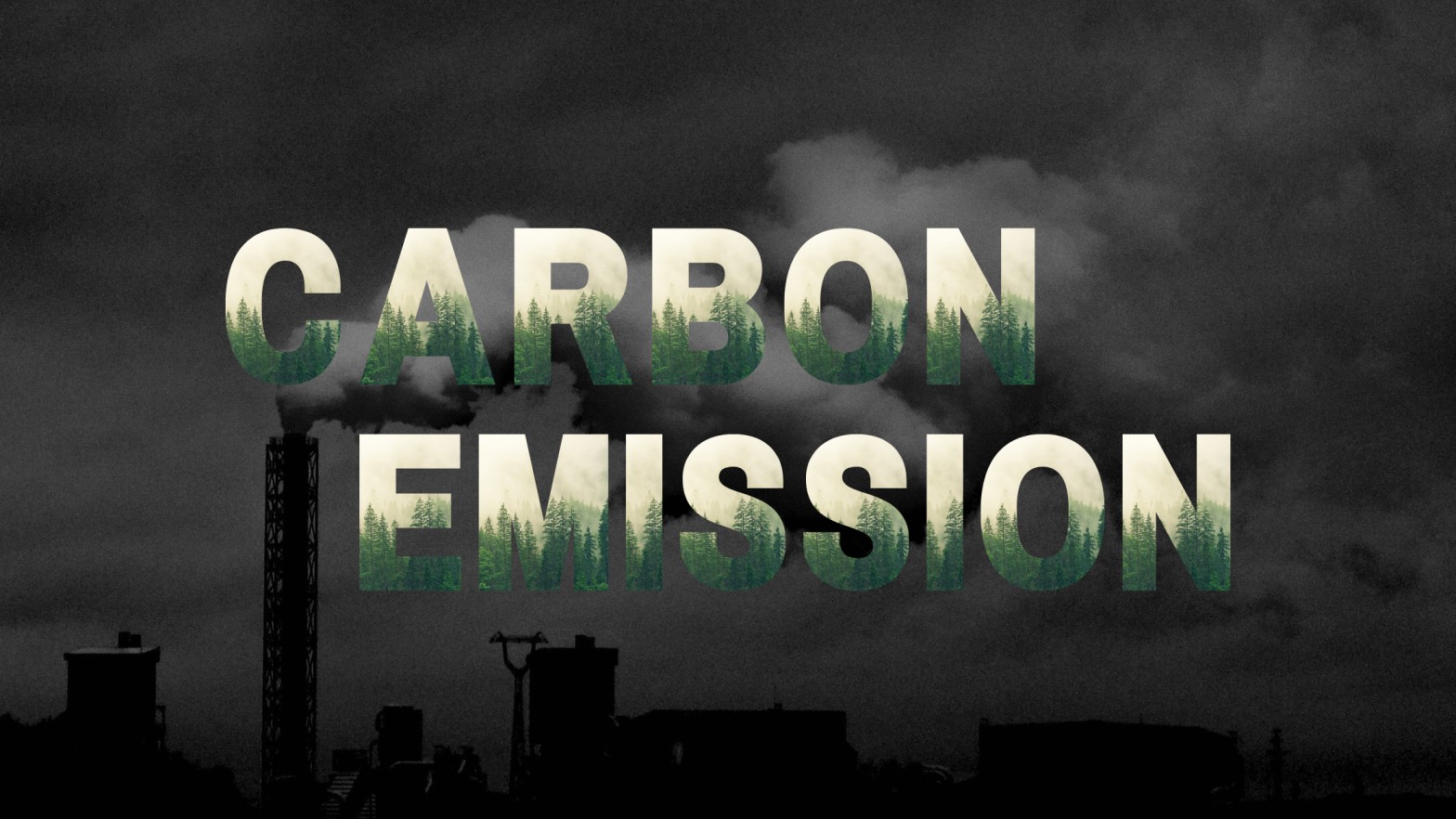
Net Metering – Chattisgarh
For Net Metering (Chattisgarh) The Chhattisgarh State Electricity Regulatory Commission (the Commission) made the State Electricity Regulatory Commission (Grid Interactive Distributed Renewable Energy Sources) Regulations, 2019 (hereinafter, CSERC DRE Regulations 2019 or the Principal Regulations) for defining the terms and conditions for distributed renewable energy sources in accordance with the powers granted under sections 42, 61, 66, 86, and 181 of the Electricity Act 2003 (36 of 2003) for Net Metering (Chattisgarh)
Stakeholders have made a variety of complaints about the challenges in implementing the main rules, which is hindering the expansion of renewable plants in the state. A petition for the Commission’s relaxation of certain of these regulations’ varied requirements has also been submitted by a few of the parties.
While this was going on, the Central Government published the Electricity (Rights of Consumers) Rules 2020 and its Amendments in the year 2021, which included some requirements pertaining to prosumer net metering.
Please refer to Greenon Energy’s Solar calculator.
As a result, the Commission enacts the following rules to change the principal regulations in accordance with the principal regulations.
Short introduction and commencement of Net Metering (Chattisgarh)
- The Chhattisgarh State Electricity Regulatory Commission (Grid Interactive Distributed Renewable Energy Sources) (First Amendment) Regulations, 2021 may be used to refer to these regulations.
- As of the date of publication in the CG Rajpatra, these regulations will be in effect.
Substitution of a new subregulation for subregulation 8.1 of regulation 8 of the primary Regulations for Net Metering (Chattisgarh)
Specifically, the subregulations listed below shall be substituted:-
The voltage level at which the prosumer has been receiving supply from the distribution licensee is the voltage level that must be used for connecting to the grid.
As long as the HT consumer is permitted to connect the renewable energy system at its LT bus bar while using the net metering framework to implement the renewable energy project. The metering must be carried out at the same voltage as the consumer’s current connection to the distribution licensee, at HT level bus bar.
Adding a proviso to Regulation 9’s Subsection 9.4 for Net Metering (Chattisgarh)
The following proviso shall be added to subregulation 9.4 of regulation 9 of the principal Regulations, namely: Provided that meters purchased by prosumers shall not be subject to meter testing by the distribution licensee if the prosumer presents a valid meter testing certificate from National Accreditation Board for Testing and Calibration Laboratories (NABL) accredited laboratories.
Proviso for rule 10.1’s subregulation (c) replacement
The following proviso shall be inserted for subregulation (c) of regulation 10.1 of the principal Regulations, namely: Provided that, the prosumer shall be eligible to build two or more systems with a single injection point to the grid for all of such systems.
subregulation (a) of regulation 10.2 with a new subregulation for Net Metering (Chattisgarh)
The following subregulation shall be substituted for subregulation (a) of regulation 10.2 of the primary Regulations, namely: a) The capacity of PDRES shall not exceed the sanctioned load or contract demand of the prosumer, as applicable.
Assuming that the largest renewable energy system that can be installed as part of a net metering arrangement is 500 kW.
Furthermore, it is stipulated that the smallest scale of a renewable energy system that can be installed under a net metering arrangement is 1 kW.
Substituting a new rule for regulation 16’s clause (viii)
The following subregulation shall be substituted for subregulation (viii) of regulation 16 of the principal Regulations, namely:
– (viii) The injected electricity, measured in kWh/kVAh, may only be used to balance the kWh/kVAh delivered by the distribution licensee and may not be used to offset any other fees or charges assessed by the distribution licensee;
first provison in place of subregulation a) of regulation 18.2
The following proviso shall be substituted for the first proviso of subregulation a) of regulation 18.2 of the principal regulations, namely: Provided that the minimum size of distributed renewable energy system that may be installed under this arrangement shall be 500 kW.
A distributed renewable energy system’s maximum size that can be installed under this arrangement is also two times the licensee’s authorized load for captive use and three times the planned open access quantum.
Substitution of a principal rule in place of regulation 20.1
The following regulations shall be substituted for Principal Regulation 20.1, namely:
- 1 In the case of IDRES, the Interconnection Point shall mean a point on the Licensee’s network, including a sub-station or a switchyard, where the interconnection between the Licensee’s system and the IDRES is established and where electricity injected into the Licensee’s system can be measured clearly.
As long as the interface point complies with the CEA (Installation and Operation of Meters) Regulations, 2006 and any updated versions of those regulations.
Substitution of regulation for Principal Regulations 21 regulation for Net Metering (Chattisgarh)
The following regulations shall be replaced for Principal Regulation 21: 21. Banking and wheeling of Energy
- All solar power projects must be given must-run status, which means that any injection from the projects must be regarded as scheduled.
- A banking facility will be accessible for the project’s entire useful life.For all captive and open access consumers, banking of 100% of energy following netting (in-house auxiliary requirement) will be allowed.
- Banking fees at 5% of energy banked must be paid in kind. The fiscal year for banks shall run from April to March.
- There are no withdrawal fees for banked units redeemed between normal hours (5 am to 6 pm or as provided in the applicable Tariff Order) and off-peak hours (11 pm to 5 am the following day or as specified in the applicable Tariff Order). Peak withdrawal charges in kind, which are 30% of the energy drawn during the peak load period (6 pm to 11 pm or as otherwise stipulated in the applicable Tariff Order), will apply to banked energy redeemed during the evening peak load period.
- Energy introduced into the grid between the date of synchronization and the open access clearance date will be regarded as deemed energy banked for captive/third party sale. The date of synchronization shall be deemed the date of commercial operation for the purposes of this clause (COD).
- If there is any unused banked energy or excess energy at the end of the fiscal year, the distribution licensee must purchase it at the lowest rooftop solar tariff determined through competitive bidding carried out by the distribution licensee in the previous fiscal year. If such a price is not available, SECI’s lowest rate from the previous fiscal year’s competitive bidding process will be taken into consideration.
- According to the terms of the PPA with the distribution licensee, energy injected into the grid from the date of synchronization to the Commercial Operation Date (COD) will be acquired by the distribution licensee at the project’s first year tariff.
- For the first 300 MW of capacity that is achieved COD or for projects that are achieved COD within two years of the date of notification of these regulations, whichever comes first, Cross Subsidy Surcharge (CSS) and transmission and wheeling charges in cash shall not be imposed for the entire useful life of the solar project for the open access from IDRES.
- Additionally, for the first 300 MW of projects that achieve COD or for projects that reach COD within two years of the date of publication of these regulations, whichever comes first, SLDC charges shall not be payable for the entirety of the useful life of the solar project.
- Wheeling and transmission fees 8% in kind will continue to be valid for the duration of the solar project’s useful life.
- All IDRES projects are exempt from scheduling and deviation settlement, whatever anything otherwise stated in any regulations made under the Electricity Act 2003 for Net Metering (Chattisgarh)
- With the caveat that scheduling and deviation settlement must be used when providing power to numerous beneficiaries inside the State.
subregulation (d) of regulation 22.1 with a new subregulation
The following subregulation shall be substituted for subregulation (d) of regulation 22.1 of the principal regulations, namely:
d) Within six months of receiving notification of these regulations, the distribution licensee must conduct technical studies to assess the impact of DRE system penetration on the distribution system and post the results on its website.
subregulation (e) of regulation 22.1 with a new subregulation
The following subregulation shall be substituted for subregulation (e) of regulation 22.1 of the principal regulations, namely: e) Within six months of receiving notification of these regulations, the distribution licensee must conduct technical studies to assess the impact of various types of storage systems on the distribution system and post the findings on its website.
subregulation (g) of regulation 22.1 with a new subregulation
In lieu of subregulation (g) of regulation 22.1 of the principal Regulations, the distribution licensee shall investigate suitable utility-driven business models, such as demand aggregation, third party ownership, EPC, and best practices from other States, in order to promote the installation of distributed renewable energy sources in its area of supply.
Additionally, the distribution licensee must investigate the introduction of a TOD tariff, which would encourage prosumers to install energy storage for their own use or to feed into the grid during peak hours, assisting the grid by participating in the distribution licensee’s demand response programme, and must submit a report to the Commission within a year of receiving notice of these regulations.
subregulation (23.3) of regulation 23 with a new subregulation
The following subregulation shall be substituted for subregulation 23.3 of regulation 23 of the principal Regulations, namely:
-\s23.3 The following people will make up the committee:
a) SNA’s CEO, who serves as the Advisory Committee’s ex-officio chairman.
a) In-charge of DRE Cell of State Distribution Utility-Ex-officio secretary and convener of the Advisory Committee; b) Representative from the State Energy Department; c) Representative of each distribution licensee in the State; d) Representative from the Office of Electrical Inspector; e) Representative from the Office of Distribution Utility; f) Two independent external members from various government departments.
g) Three delegates from organizations that represent residential, commercial, and industrial consumers’ interests.
Please find the link to the Official Document released by The Government of Chhattisgarh – https://www.cserc.gov.in/upload/upload_news/05-08-2021_16281633561.pdf




